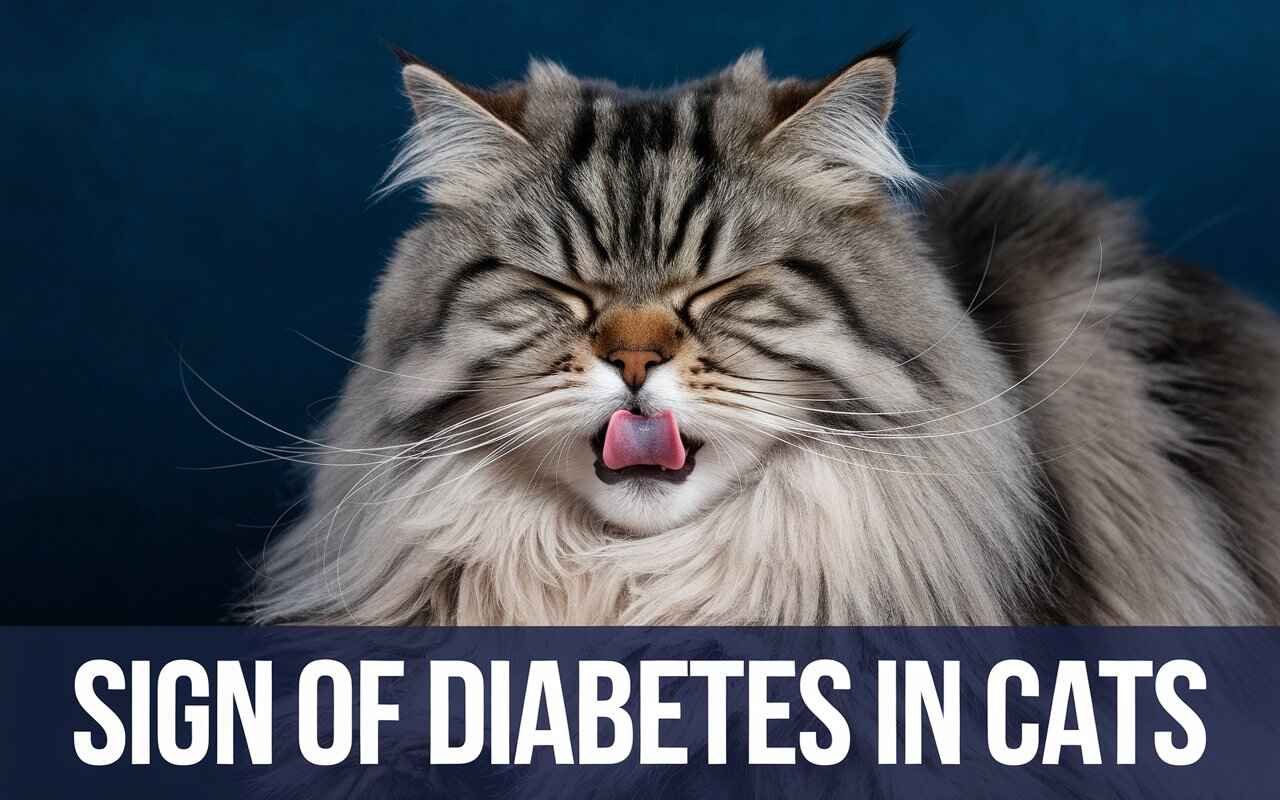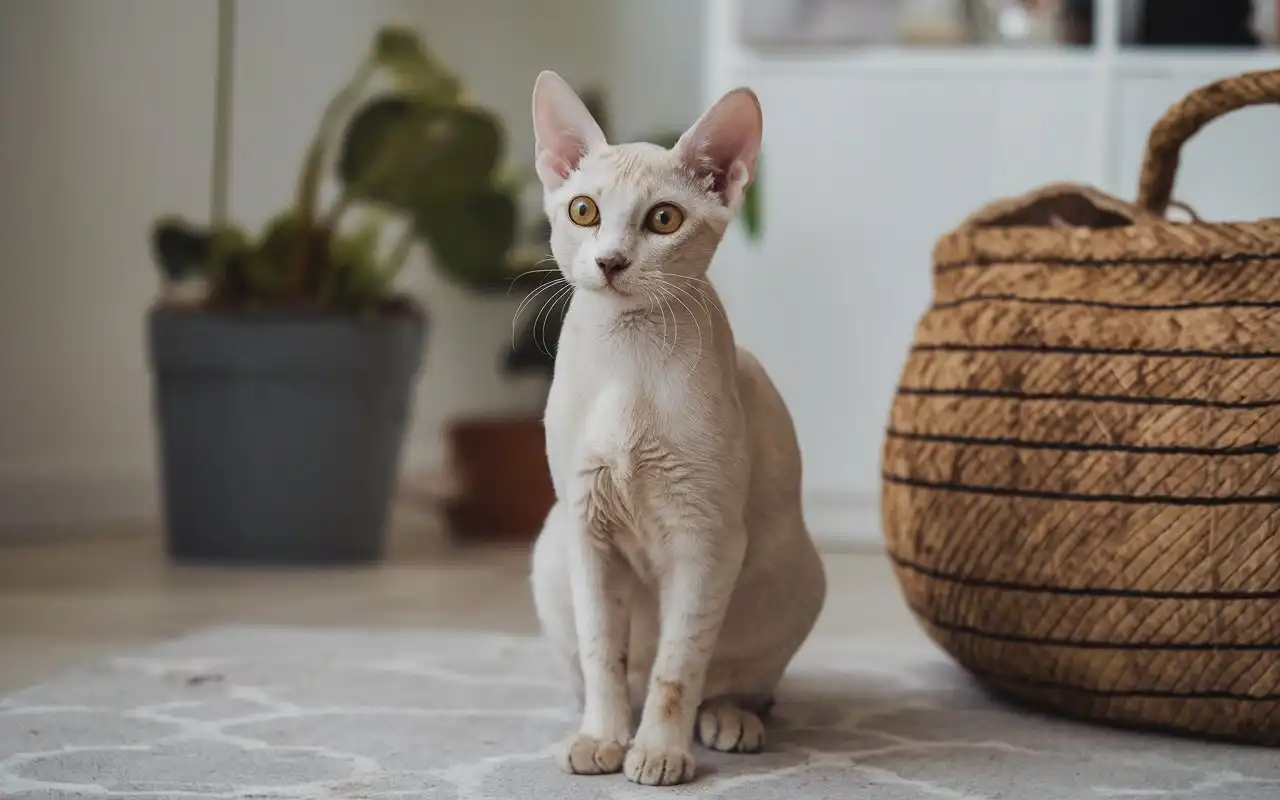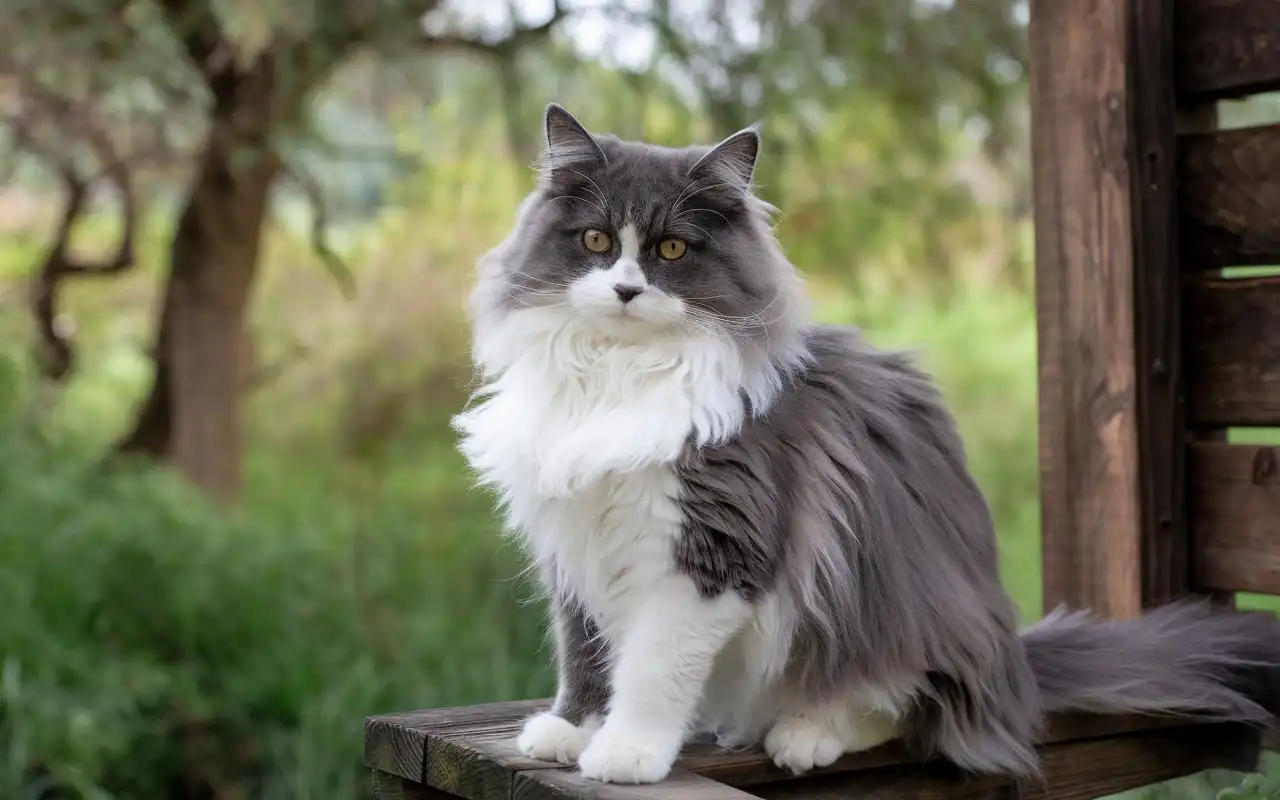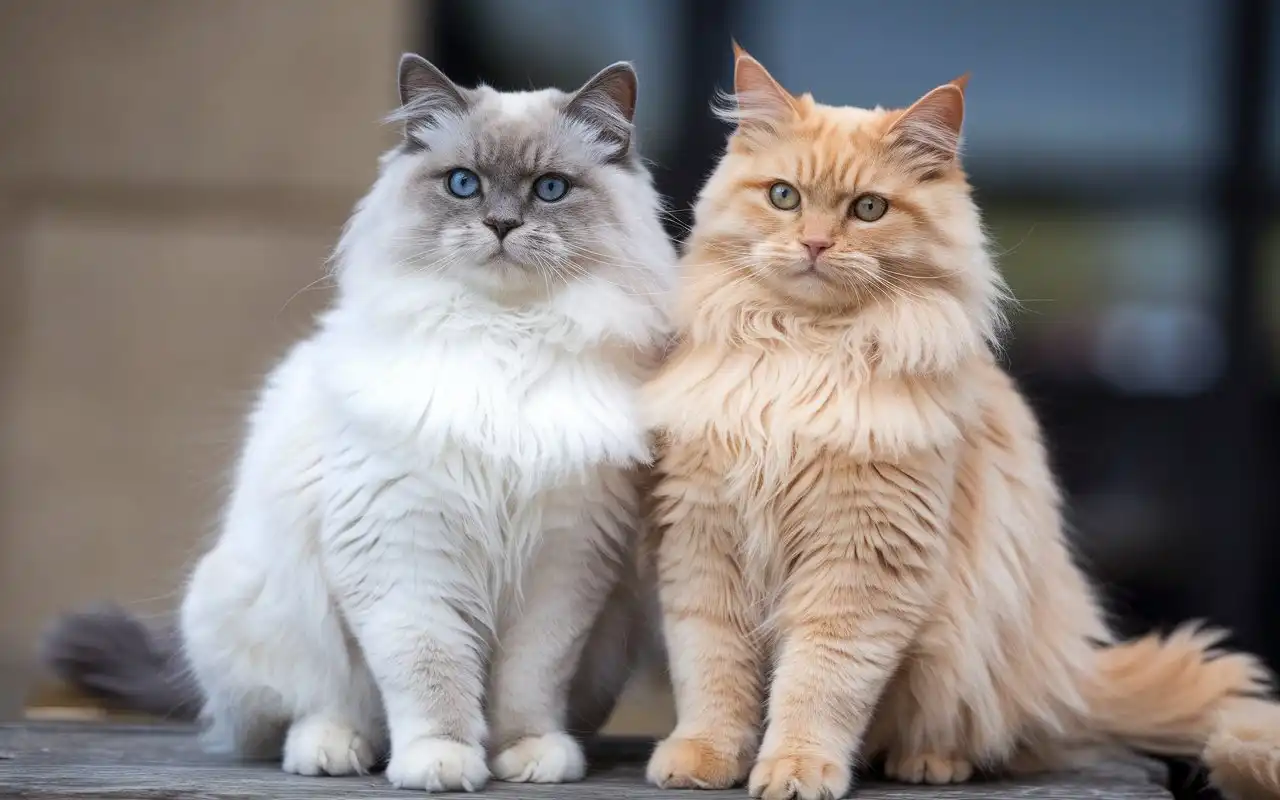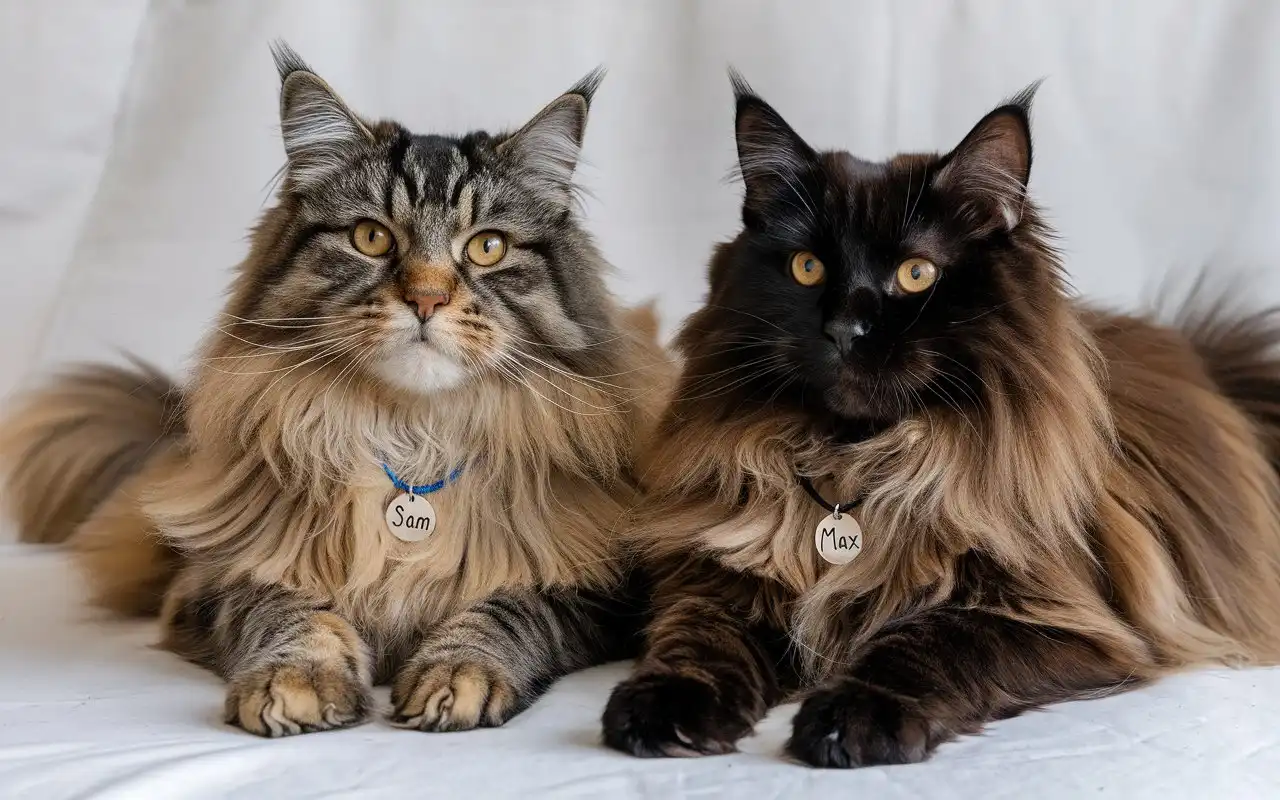The first sign of diabetes in cats often goes unnoticed. Conversely, initial detection is pivotal for managing the disorder. Diabetes in cats, like in humans, is a chronic, serious issue. It needs ongoing care. Left untreated, it can lead to severe complications, including organ damage and even death. For this reason, every cat owner should be aware of the warning signs. By understanding these signs, you can respond quickly. This will improve your cat’s life and prevent lasting harm. Feline diabetes is on the rise, partly due to obesity and inactivity. Conversely, genetic factors and age also matter greatly.
This guide will list 10 warning sign of diabetes in cats. It will help you find the disease early and get veterinary care.
Table of Contents
Understanding Diabetes in Cats
What is Diabetes in Cats?
Diabetes in cats is a metabolic disorder. It is caused by too little insulin or the body’s inability to use it. Insulin, produced by the pancreas, is responsible for regulating blood sugar levels. When this process is disrupted, glucose builds up in the bloodstream, leading to hyperglycemia. Over time, this excess glucose can damage organs and tissues, causing severe health issues.
Cats with diabetes are often categorized into two types:
- Type I diabetes, in which the pancreas fails to produce enough insulin.
- Type II diabetes is the point at which the body resists insulin.
While Type II diabetes is more common in cats, both forms require careful management to prevent complications.
Common Causes of Diabetes in Cats
Several factors contribute to feline diabetes:
- Obesity: Overweight cats are more likely to develop insulin resistance.
- Genetics: Certain breeds, such as Burmese cats, have a higher predisposition to diabetes.
- Age: Older cats are at greater risk due to a decline in metabolic efficiency.
- Diet: High-carbohydrate diets can increase the risk of diabetes over time.
Understanding these causes can help you take preventive measures to protect your cat’s health.
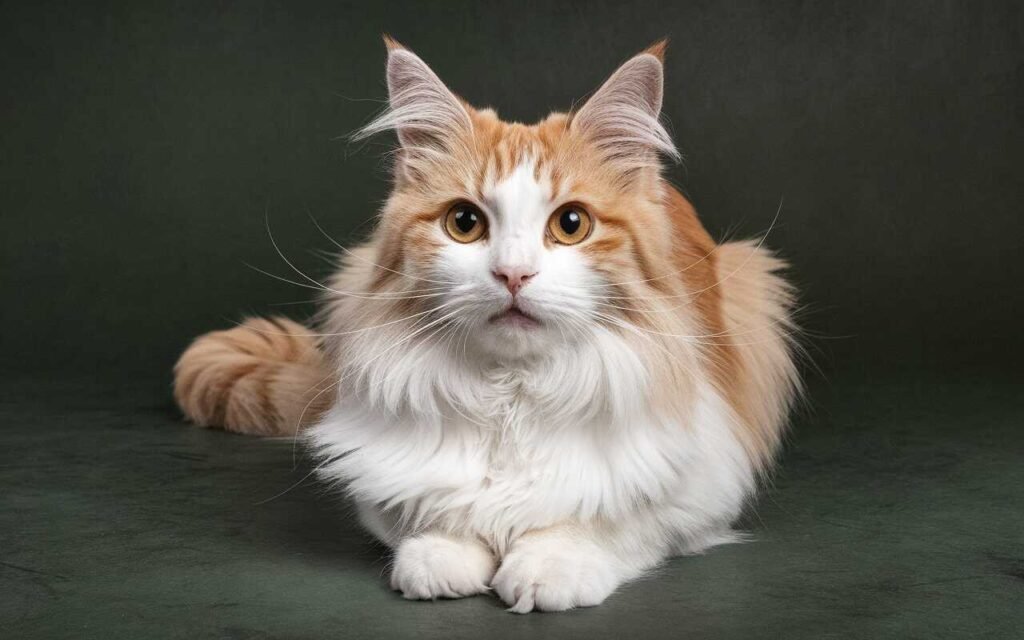
The 10 Warning Signs of Diabetes in Cats
Increased Thirst and Urination
One of the earliest signs of diabetes in cats is polydipsia (increased thirst) and polyuria (frequent urination). Diabetic cats often drink a lot of water. Their bodies are trying to flush out excess glucose through the urine. You might observe your cat spending more time at the water bowl or finding larger clumps of urine in the litter box. Ignoring these symptoms can lead to dehydration, which further complicates the condition. If you notice these changes, it’s time to consult your veterinarian.
Sudden Weight Loss
Unexplained weight loss is another common sign of diabetes in cats. Your cat may lose weight despite normal or excessive eating. Their body can’t absorb nutrients properly. Without enough insulin, glucose can’t enter the cells. It can’t be used for energy. Instead, the body begins breaking down fat and muscle for fuel. This is concerning in cats that were once overweight. It means their metabolism is severely imbalanced.
Increased Appetite
Diabetes has a paradoxical symptom: polyphagia, or increased appetite. Diabetic cats may eat more than usual yet continue to lose weight. This happens because their cells are starving for energy despite high levels of sugar in the blood. If your cat’s eating habits suddenly change without explanation, it could be a sign of diabetes in cats, and prompt action is crucial.
Lethargy and Weakness
Diabetic cats often appear unusually tired or lethargic. You might notice that your once-active feline is now reluctant to play or sleep more than usual. This lack of energy is directly related to the body’s inability to convert glucose into usable energy. Long-term issues, like diabetic neuropathy, can cause muscle weakness. This is especially true in the hind legs.
Sweet-Smelling Breath
A unique and often overlooked sign of diabetes in cats is sweet-smelling or fruity breath. This occurs due to the production of ketones, a byproduct of fat metabolism. It may seem harmless. But, it’s a sign of diabetic ketoacidosis (DKA). DKA is a life-threatening complication that needs immediate veterinary care. If your cat’s breath smells unusually sweet, it’s time to take them to the vet for a comprehensive checkup.
Poor Coat Condition
A healthy cat usually has a sleek, shiny coat. However, diabetic cats often look dull and unkempt due to dehydration and malnutrition. Grooming becomes less frequent as your cat’s energy levels drop, leading to matted fur or dandruff. This outward symptom is a visual cue that something is wrong internally, making it an essential sign of diabetes in cats to watch for.
Vomiting and Diarrhea
Digestive problems like vomiting and diarrhea can also be a sign of diabetes in cats. High blood sugar disrupts the gastrointestinal system. It causes these symptoms. Chronic digestive issues may mean your cat’s diabetes is worsening. It needs urgent management. Ignoring these signs can lead to severe dehydration and electrolyte imbalances.
Vision Problems
Cats with untreated diabetes are at risk of developing cataracts or other vision issues. Over time, excess glucose in the bloodstream can damage the lenses of the eyes, causing them to become cloudy. If your cat bumps into furniture or has poor vision, it may have advanced diabetes. It needs urgent veterinary care.
Difficulty Walking
Neuropathy, or nerve damage, is a common complication in diabetic cats. This often manifests as difficulty walking or a “plantigrade stance,” where the cat walks on its hocks instead of its toes. This condition is painful and, if left untreated, can become permanent. Regular monitoring and early intervention are key to preventing this debilitating symptom.
Slow-Healing Wounds
Diabetic cats often experience delayed wound healing due to high blood sugar levels, which impair the immune system. You may notice cuts, scrapes, or sores that take an unusually long time to heal. This symptom not only indicates diabetes. It also raises infection risk, which can cause complications.
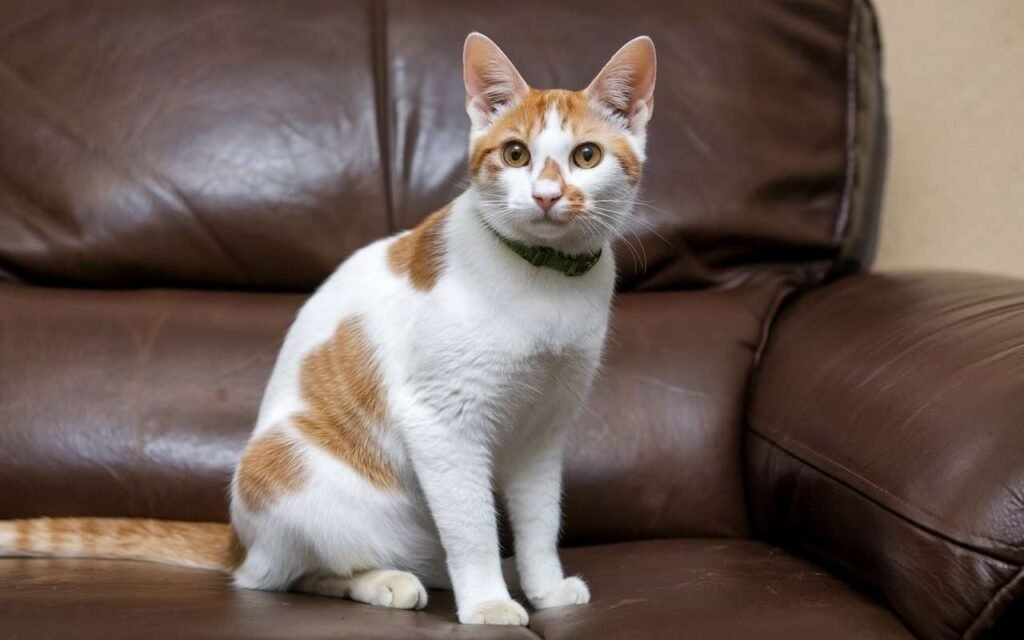
How to Diagnose Diabetes in Cats
Veterinary Tests and Procedures
Diagnosing diabetes in cats requires professional veterinary testing. If you observe any of the signs of diabetes in cats, your vet may recommend the following:
- Blood Tests: These measure glucose levels in the bloodstream. Persistent hyperglycemia often confirms diabetes.
- Urine Tests: The presence of glucose and ketones in the urine can indicate diabetes.
- Fructosamine Test: It measures average blood sugar levels over several weeks. This gives a better view.
These tests are non-invasive. They are vital for a diagnosis. They help the vet create a custom treatment plan.
Importance of Regular Health Checkups
Routine vet visits can lead to early detection. It can help manage diabetes. Annual bloodwork and physical exams are vital for older cats. They are also important for those at higher risk due to obesity or genetics. Catching diabetes in its early stages can prevent severe complications, improving your cat’s quality of life.
Managing Feline Diabetes
Insulin Therapy and Medication
Most diabetic cats need insulin shots to control their blood sugar. While this might seem daunting, your vet will guide you on how to administer the injections safely. In some cases, oral medications may be prescribed to manage type II diabetes, although they are less commonly used.
Dietary Changes and Exercise
Nutrition is a central factor in managing feline diabetes. A high-protein, low-carbohydrate diet is often recommended to stabilize blood sugar levels. Consult your vet about specialized diabetic cat food. Additionally, moderate exercise can help maintain a healthy weight and improve insulin sensitivity. Interactive toys and regular play sessions can keep your cat active without overstressing them.
When to See a Vet
If your cat exhibits any of the warning signs, don’t wait for symptoms to worsen. Schedule a vet appointment now to rule out other conditions and confirm a diagnosis. Urgent symptoms, like vomiting, lethargy, or trouble breathing, may signal serious issues. One is diabetic ketoacidosis. They require emergency care. Timely intervention prevents complications and helps your cat adapt to treatment.
Preventing Diabetes in Cats
Healthy Lifestyle Tips
Prevention starts with a balanced diet and exercise. Feed your cat high-quality food in appropriate portions to avoid obesity, a leading risk factor for diabetes. Treats should be given sparingly, and sugary or carb-heavy snacks should be avoided entirely.
Role of Regular Monitoring
Routine weight checks and monitoring for subtle changes in behavior can help you catch potential issues early. Keeping an open dialogue with your vet about your cat’s overall health is another effective prevention strategy.
By adopting these preventive measures, you can reduce the likelihood of diabetes and ensure your cat leads a long, healthy life.
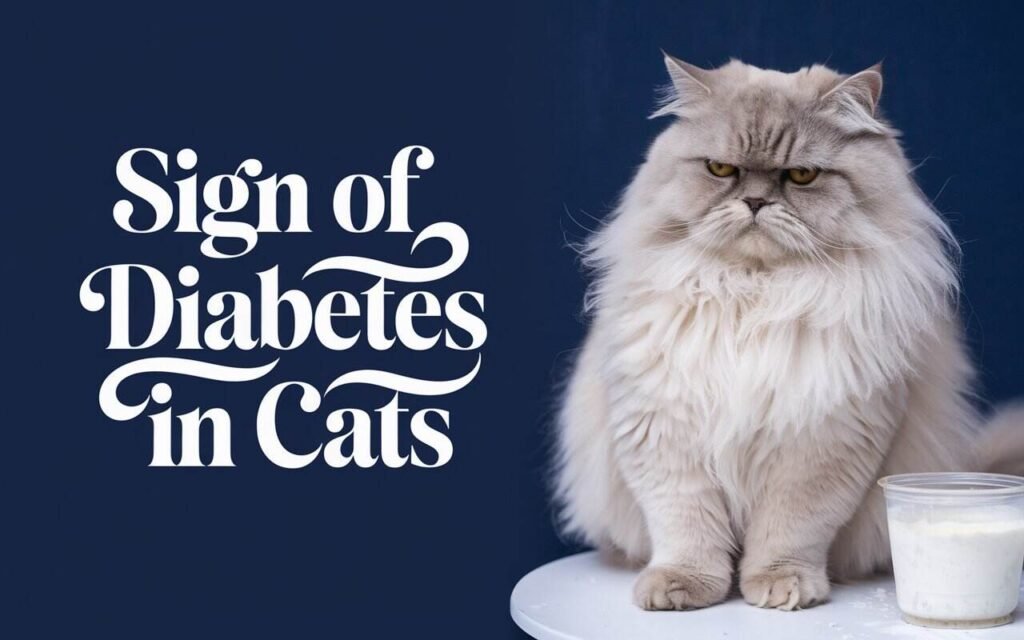
Conclusion
Recognizing and addressing the signs of diabetes in cats is essential for maintaining your pet’s well-being. From increased thirst to poor coat condition, each symptom tells a story about your cat’s internal health. Act quickly and work closely with your vet. You can manage the condition and help your cat thrive. Don’t overlook preventive care. A balanced lifestyle is the finest protection against diabetes.

